Eight major coffee producing areas in Costa Rica | what is the difference between sun exposure, water washing and honey treatment? What is SHB?
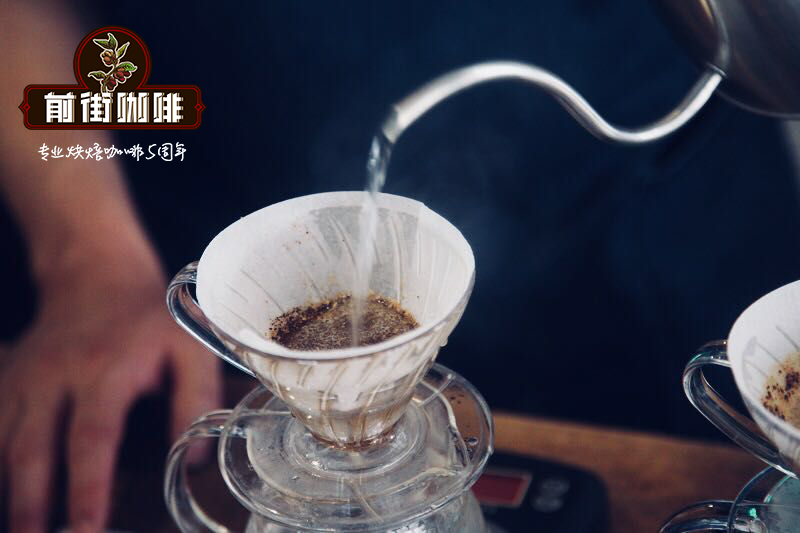
Professional coffee knowledge exchange more coffee bean information please follow the coffee workshop (Wechat official account cafe_style)
Costa Rica, located in the Central American isthmus, the coffee beans produced at high latitudes are famous in the world, full-bodied, mild in taste, but extremely sour. The coffee beans here have been carefully processed, which is why there is high-quality coffee. Located in the south of SanJos é, the capital of Tarasu, Costa Rica is one of the most valued coffee growers in the country.
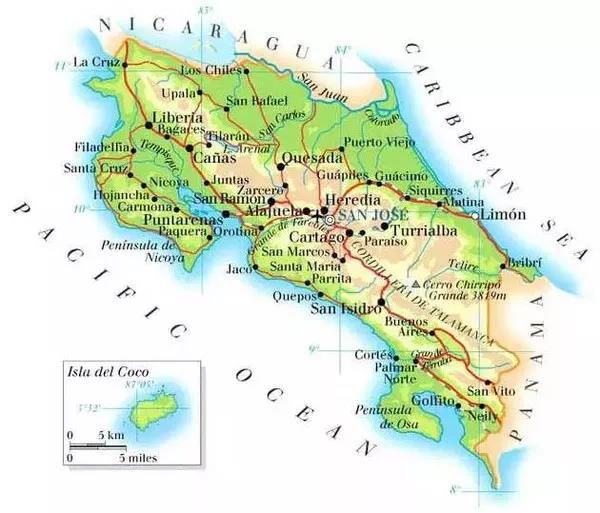
Costa Rica is the country where coffee was first introduced into Central America and has a long history. The coffee organization has a complete system from production to marketing. Because it is located in the Central American Gorge, the volcanic soil is very fertile and the drainage is good, especially in the central plateau CentralPlateau, where coffee is grown for the fertile volcanic ash of the volcanic terrain, mild and suitable temperature, and stable and abundant rainfall, coffee has become one of the factors of major agricultural products. Its coffee beans are all Arabica species. Pure flavor, pleasant aroma, unassailable balance in acidity and taste, coffee with full particles, ideal acidity and unique strong aroma.
Historical stories:
Coffee was introduced into Costa Rica from Cuba in 1729 and exported for the first time in 1820. After independence from Spain in 1821, the then self-government gave free coffee seeds to farmers to encourage coffee cultivation. There are about 32000 coffee farmers, with an average planting area of less than one hectare per farmer. Costa Rica has a population of 41 billion, a coffee planting area of 82500 hectares, an annual production of 1.7 million bags, and an annual domestic consumption of 380000 bags, with an average annual consumption of 5.5kg per national, which is higher than that of Japan. today, its coffee industry is one of the well-organized industries in the world, with an output of 1700 kg per hectare. Costa Rica has only 3.5 million people but 400m coffee trees, and coffee exports account for 25 per cent of the country's total exports.
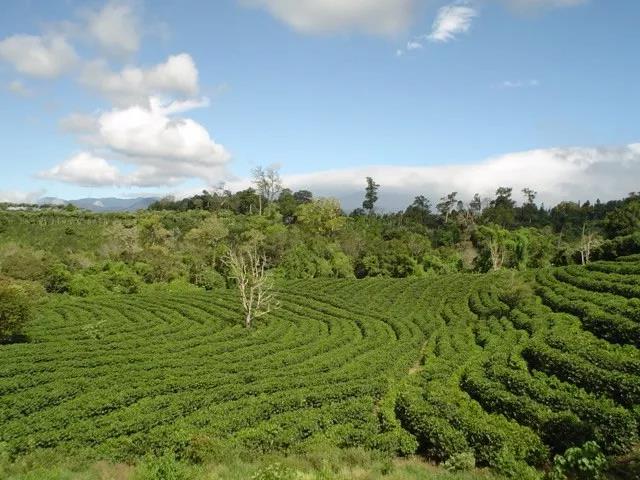
In 1825, the Costa Rican government implemented a tax exemption policy. In 1832, the local government promulgated a law that "there is land for growing coffee", meaning that coffee farmers can own the land directly if they grow coffee on any land that is not occupied. As soon as this example comes out, it encourages many people to grow coffee and promote the development of coffee. (it can also indirectly explain why most of Costa Rican coffee comes from private estates.)
The Anglo-Costa Rican Bank of Costa Rica came into being in 1863. With the assistance of banks, coffee producers develop arable land to grow coffee and build processing plants to produce coffee beans. According to data, washing treatment was first introduced in 1830, and by 1905, there were 200 local wet treatment plants. The quality of washed coffee is more controllable and the output is more stable, so the quality of the treated coffee is better.
Costa Rica has also benefited from the establishment of the Central American Institute for Agricultural Research (Turrialba ofthe Central American Agricultural Research Institute, referred to as IAAC) in Tarasu, which is an important international research centre. The country's coffee industry, originally controlled by the Costa Rican coffee industry company Instituto del Caf é de Costa Rica (ICAFE), has been taken over by the official Coffee Committee (Oficina del Caf é). Among the exported coffee, those products that are considered to be of substandard quality are colored with blue vegetable dyes and then transferred back to China for sale. Coffee consumed domestically (dyed blue or undyed) accounts for about 10% of total production, and local per capita coffee consumption is twice that of Italy or the United States.
Coffee exports account for 25% of the country's total exports. By the mid and late 2000s, coffee farmers had their own post-harvest processing equipment, so they were able to deal with most of the coffee on their own, indicating that coffee farmers had more control over their coffee and style, and coffee production increased greatly.
Main varieties:
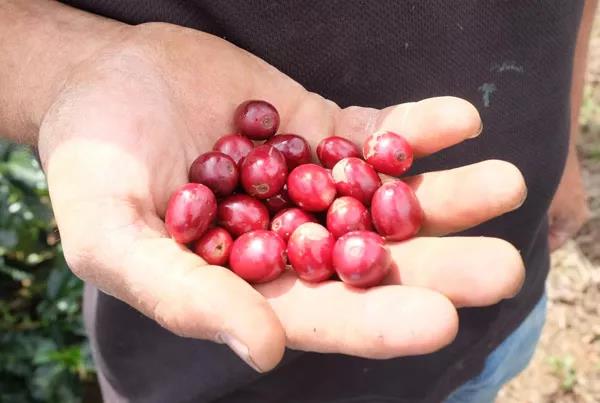
Bourbon, Kaddura, Kaduai, Vera Saatchi, Villalobos and so on.
Kaddura, a single gene variant of bourbon, was found in Brazil in 1937. It has better production capacity and disease resistance than bourbon, and the tree is shorter and easy to harvest. Unfortunately, like bourbon, it has the periodic problem of production capacity fluctuation every two years.
Kaddura's flavor is comparable to or slightly worse than bourbon beans, more importantly, super adaptability, no shade trees, direct exposure to the sun can also be full of vitality, commonly known as exposed coffee (Sun Coffee), can adapt to high-density planting, but must apply more fertilizer to increase the cost, so the acceptance of coffee farmers is not high in the initial stage. Suitable for planting in the high altitude area from 700m to 1700 m, the altitude adaptability is very strong, but the higher the altitude, the better the flavor, and the production capacity is relatively reduced.
8 major producing areas:
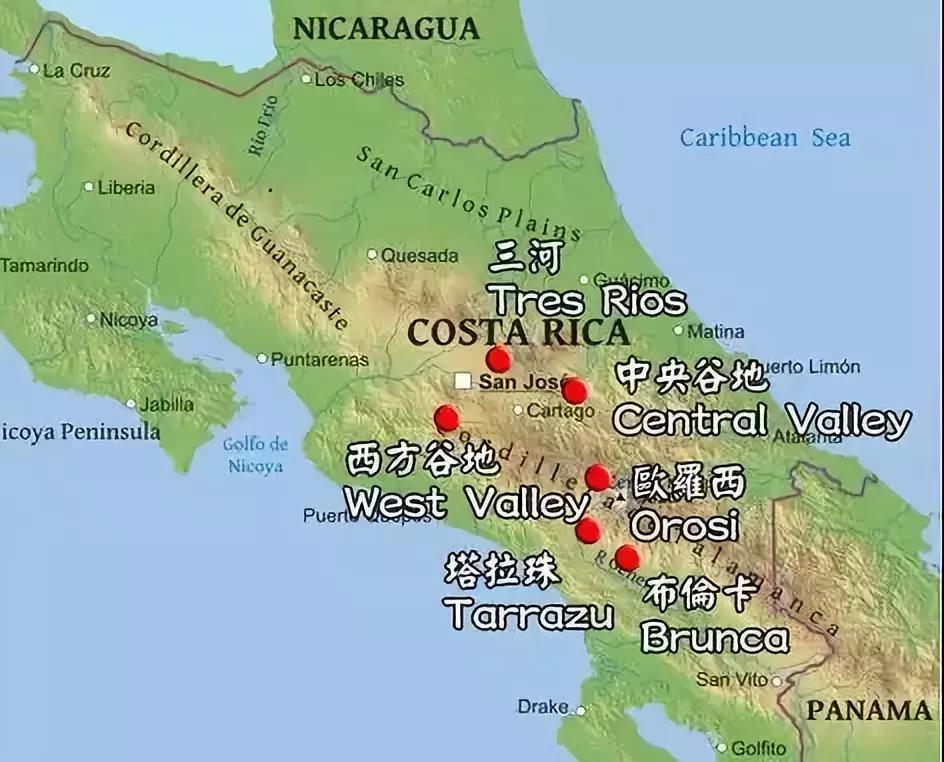
The eight major coffee producing areas are: Western Valley West Valley, Central Valley Central Valley, Tarasu Tarrazu, Sanhe Tres Rios, Eurosci Orosi, Brenka Brunca, Duli Alba Turrialba, Guanacaster Guanacaste. Tarasu (Tarrazu) is one of the major coffee producers in the world.
* Western Valley West Valley:
1000-1200 meters above sea level, from November to March, it is a long harvest area, which is blown by more Pacific air, and the temperature is often cooler than other mountains at higher elevations, so the quality of coffee cherries and seeds is very excellent. There are six sub-producing areas in the western valley, including San Ramon, Palmares, Naranjo, Grecia, Sarchi and Atenas. A new variety of coffee beans was found in one of the producing areas (Sarchi), and eventually the coffee bean (Vera Salch Villa Sarchi) was named after the producing area. The highest altitude in the producing area is around Naranjo, where a lot of high-quality coffee comes from.
Rich volcanic soil, sufficient sunshine, with an annual average relative humidity of 81%, abundant rainfall and an average annual temperature of 21.5 °C will not be too high, making the crops in this area flourish and conducive to the growth of high-altitude high-quality coffee. There is a distinct dry and wet season, and when the coffee harvest season begins, it will enter the dry season, which means that there is sufficient sunshine in this area for washing and insolation. This advantage is seldom found in other producing areas of the country (almost all other famous producing areas in Costa Rica are machine drying). The acid is not as bright as the Tara bead area, and the taste is more stable and regular, but the latter flavor of the coffee with a slight drop in temperature, acidity and bean body can not compete with beans in other producing areas, but the overall taste is well balanced, with almonds and peach flavors.
* Central Valley CentralValley:
1200-1600 meters above sea level, from November to March, this production area has three sub-producing areas, namely, San Jose, Eredia and Alajuela. There are three high-altitude volcanoes in the producing area: Irazu, Barva and Poas, which provide rich nutrients for the surrounding coffee producing areas. The excellent micro-climate and the two volcanic fertile soils of Po á s and Barva make the beans in this area have superior characteristics, such as chocolate cocoa flavor, bright acidity and elegant aroma. The Central Valley is also the first area to grow coffee in Costa Rica, and then to other regions to develop the country's coffee industry, moderate rainfall 118in annual rainfall, an average annual temperature of only 19 ℃, coupled with high altitude, so the bean hard aroma, smooth, high acidity, full-bodied, rich aroma, coffee in this region is the earliest coffee growing area in Costa Rica, rich in volcanic soil, sometimes with chocolate aroma. The front section is washed and the back section is dried by machine at low temperature.
* Tarasu Tarrazu:
1200-1700 meters above sea level, from December to March in the producing area, with high acidity, hard and full bean body and rich aroma, this area is a world-famous producing area, and its main feature is that the high seafood area creates an incomparable perfect taste.
Located in the south of the country's capital, San Jos é, Tarasu is one of the most valued coffee growers in the country. La MinitaTarrazu coffee is a famous local product, but it produces a limited amount of coffee, about 72600 kilograms a year. It is grown on a piece of land called LaMinita, owned by the last three generations of the McAlpine family in England, and owns the LaMinita estate in Tarazu, which produces just 160000 pounds a year. In fact, this land can produce more than 450 tons of coffee a year. But Tarasu Latin America coffee is grown without artificial fertilizers or insecticides, and its harvesting and selection are done by hand, in order to avoid some damage to coffee beans caused by air spray selection.
Other coffees worth mentioning are JuanVinas,PR, H.Tournon, Windmill,SHB, Montebello and SsntaRosa. Fine coffee is generally grown in Geredia and the central canyon. Another striking type of coffee is Sarchi (one of the five towns that represent Costa Rica's Coffee Road), which grows on the slopes of the PoasVolcano volcano, 53km from San Jose. Saatchi, founded in 1949, has a land area of 30770 hectares and grows sugar cane and coffee. The area is also famous for its handicrafts, attracting tourists from all over the world.
* Sanhe Tres Rios:
Sanshui River (Tres Rios) is a famous small producing area in Tarazhu producing area.
From 1200 to 1650 meters above sea level, from December to March, the Yilazhu volcano and rivers not far to the east of the capital form an excellent micro-climate zone, but in recent years, the urban area has gradually extended to the suburbs, and agricultural land has been sold to developers, resulting in a sharp decline in coffee production in Sanhe District. Almost half of the output is contracted by Starbucks, which is not easy to buy in the industry. Aquez Glass, a well-known farm in this area, has a long history since 1857, with a long history, soft acidity of bright fruit, sweet and charming aroma of nuts, floral taffy, high acidity, hard and full-bodied beans and rich aroma. This place has good climatic conditions, obvious taste and good balance, which is the characteristic of coffee in this area.
* Eurosci Orosi:
From September to February, Eurosi is located in a 40-kilometer valley in San Jose. Its coffee tradition dates back more than 1200 years, and the community has developed around this economic activity. The taste is smooth, the bean body is full, the aroma is fragrant, and the coffee taste is smooth and balanced.
* Brenka Brunca:
800-1200 meters above sea level, from August to January, the general acidity, fullness, ordinary fragrance, the latest producing area, suitable for all kinds of consumers, taste compatible with other producing areas.
* Duli Alba Turrialba:
600-900 meters above sea level, July-December of the production season, general acidity, thin beans and fragrant fragrance. The harvest season in this area is the earliest in all Costa Rican producing areas, mainly due to the influence of abundant rainfall.
* Guanacaster Guanacaste:
At 90-1200 meters above sea level, these coffee areas are located in the mountains of volcanoes and the Guanacaster Mountains. About 85% of the plantations are close to forest areas, allowing coffee trees to grow naturally and achieve sustainable coffee cultivation. The coffee area of Guanacaster region grows on the soil of Andisol volcano and has high fertility and excellent structure. Mainly Kaddura Caturra and Kaduai Catua í varieties, coffee acidity is low.
There are a variety of treatments:
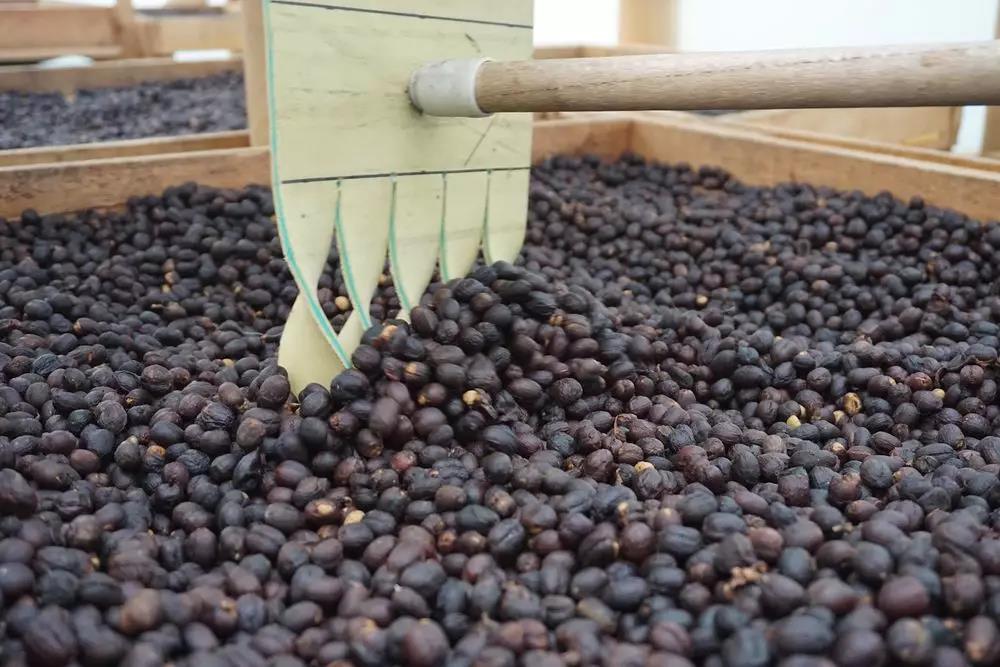
(1) Solar method:
Tanning is the oldest and most convenient way to treat raw beans.
Sun drying: then put the whole coffee fruit with meat belt on the bean drying farm to sun, naturally dry to about 12% water content, the time required is about two to four weeks, depending on the climate of the place of origin.
Shelling: the dried fruit will be naturally dried to remove the hard peel, pulp and sheepskin with a shelling machine, and raw beans will appear.
(2) washing method: the common method of raw bean treatment at present.
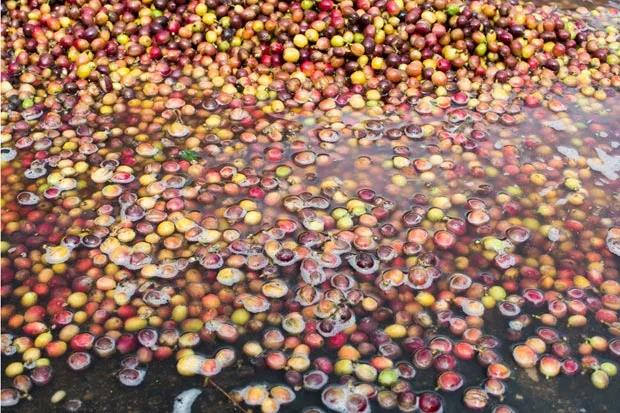
1, screening out floating beans: the harvest of coffee fruit poured into a large tank, mature and full fruit will sink to the bottom; incomplete or overripe fruit will float to the surface, these floating beans need to be removed.
2. Pulp removal: fresh fruits are sent to a pulp screening machine to remove the peel and pulp. Unripe fruits will be screened at this stage because the pulp is not easy to separate. After the pulp sifting machine, what is left is pectin, sheepskin and seeds.
3, fermentation to pectin: will go to the pulp, with pectin seeds into the fermentation tank. Although the name says "water washing," it does not actually wash away pectin, but rather removes pectin biologically through fermentation. Fermentation takes about 16-36 hours, with frequent agitation to accelerate pectin separation from the seeds. Washing fermentation produces acids such as citric acid, malic acid and acetic acid, which penetrate into the raw beans, making the beans more sour by washing than by solarization. After fermentation is complete, it is really washed-washing the beans again.
4, drying: After the completion of washing, the same need to be sun or machine drying, so that the water content reduced to 12%. Water washing method because the pulp has been removed,
Therefore, in the drying process, do not worry about moldy problems like the sun method. The dried raw sheep skin beans are not as hard as the solarization method containing the flesh and skin, and can be polished and shelled by a hulling machine to obtain raw beans.
(3) Honey treatment:
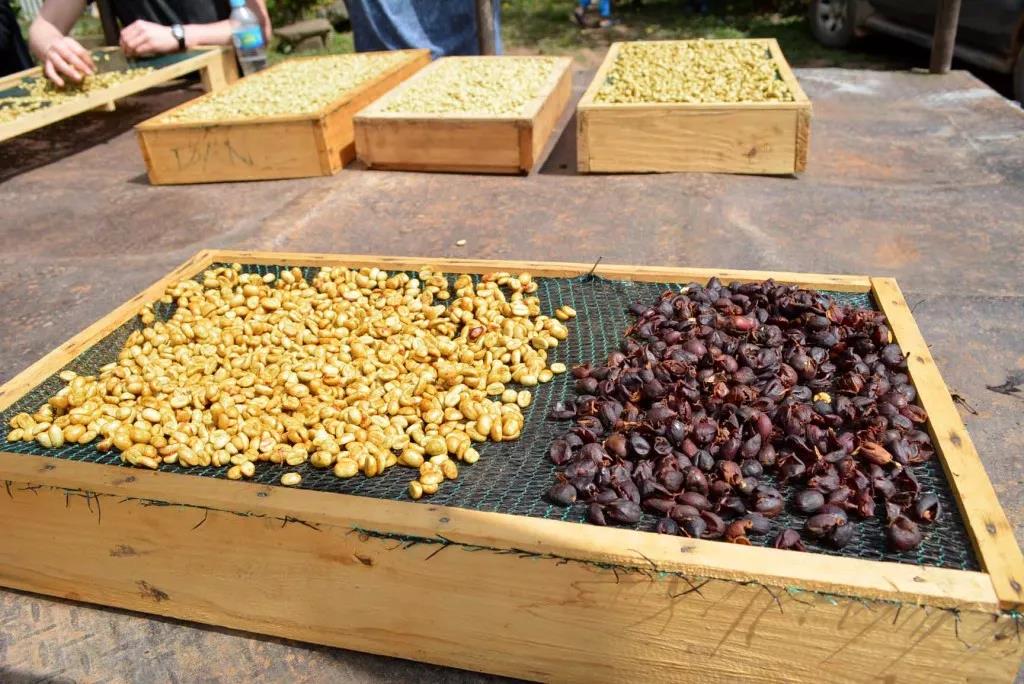
Costa Rican coffee is treated with "honey" Honey Process, which is a locally innovative treatment.
This treatment is to remove the peel and pulp of the coffee fruit, retain the pectin outside the coffee beans, and then put the pectin beans outside in the sun. Because the pectin part is sticky and slippery, and its sugar content is high, in the process of treatment, pectin wraps coffee raw beans like honey, because the berry juice contains high sweetness and unique enzymes, the processed shell beans contain richer taste and complex positive flavor, and the sweetness is higher, so people vividly call this layer of coffee pectin "honey", and the whole process is called "honey treatment".
The pectin mucous membrane is the part with the highest content of coffee fructose. It can be said that 80% of this part determines the nutritional supply during the treatment. Yellow honey retains 60% pectin, red honey retains 75% pectin, and black honey hardly removes pectin. From the sugar and acid content of the pectin layer, during the drying period, the sugar in the pectin layer will become more and more concentrated, and the sugar will soak into the coffee beans.
The honey treatment method is characterized by low water consumption and does not need a large sink and drying field. Micro-processing plants established in recent years have used this method to deal with raw beans. In addition to honey treatment, a new treatment called "red wine treatment" is also very popular in recent years. This method of treatment is inspired by the brewing technology of red wine, so it is also called "quasi-red wine treatment".
Yellow honey, red honey, black honey treatment, where is the difference?
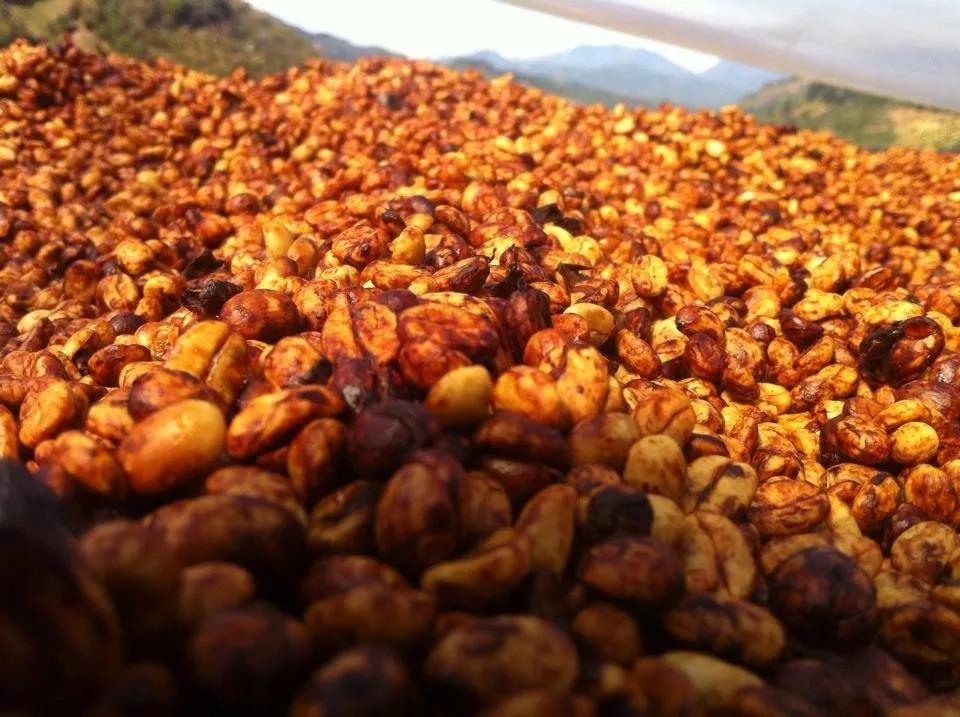
Coffee farmers will classify coffee, some will retain less pectin layer so that they can be exposed faster, while others will retain more pectin layer and require longer exposure time.
For example, the honey-sharing technology of the Shumawa Village Park in Costa Rica, which is different from other manors, is distinguished as follows:
White honey (White Honey) (keep 50% pulp)
Yellow honey (Yellow Honey) (retain 60% pulp)
Red honey (Red Honey) (retain 80% pulp)
Black honey (Black Honey) (retain 100% pulp)
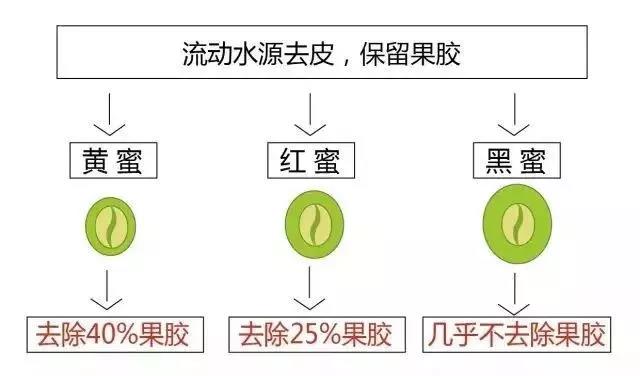
Honey-treated coffee generally has a great balance of sweetness and acidity, flavor will generally not be as strong as the sun coffee, but more fresh, mellow, so the key to flavor difference comes from the pectin layer sugar and acid, during the sun exposure, pectin layer sugar will become more concentrated, and these sugars will penetrate into the coffee beans.
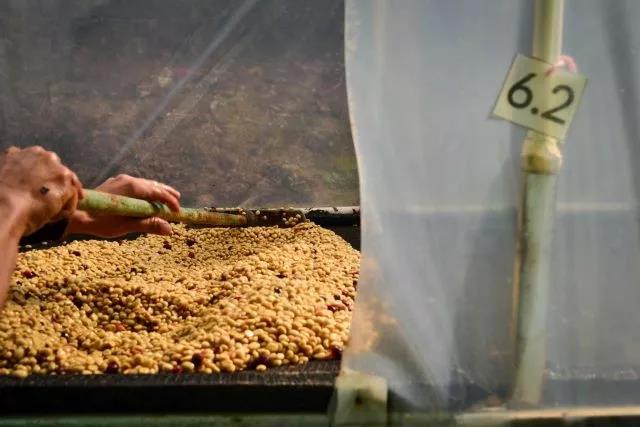
Grading:
(1) mainly classified according to altitude:
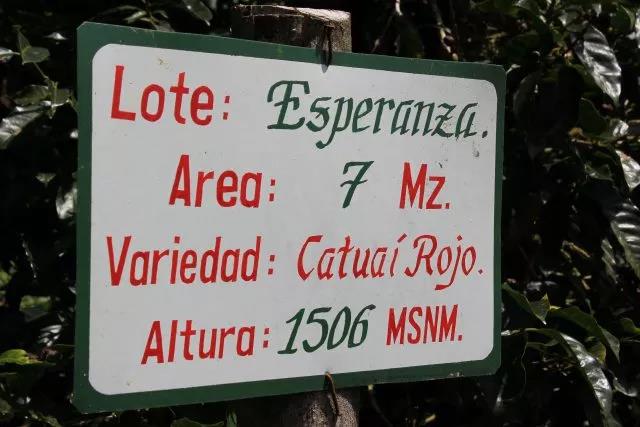
Excellent Costa Rican coffee beans are called "extra hard beans", and their classification criteria are:
Special hard bean SHB (Strictly Hard Beans) 1500-1650 m (3900 ft) above sea level
Good hard bean GHB (Good hard Beans) 1200m above sea level (3900 m / m)
Hard bean HB (Hard bean) is 1000-800m above sea level.
Medium hard bean MHB (Medium Hard Beans) 1000m above sea level (3300m / 1600ft)
Coffee raw beans are small, defective beans are 2%, and there is some honey on the surface. Emerald green represents fresh coffee that grows slowly at high altitude.
(2) grading according to defects:
American standard USP US Preparation; European standard EP European Preparation
The meaning and rules of the name of Costa Rican coffee raw bean:
Country + producing area + graded name + treatment method:
For example: Costa Rica Tarrazu SHB EP Honey
SHB in Tarazhu producing area of Costa Rica
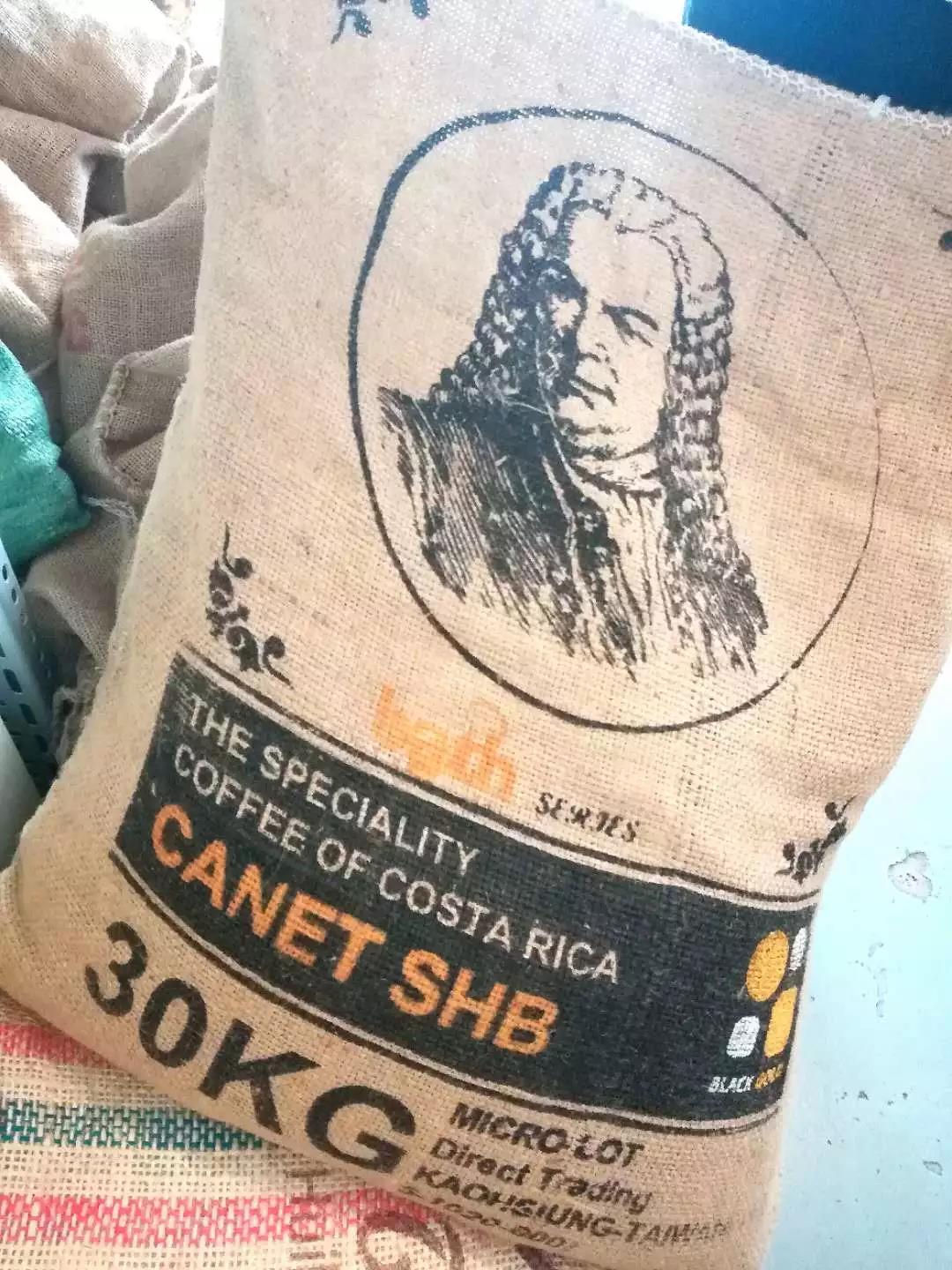
Costa Rican SHG coffee is usually full of particles, clear flavor, bright acidity and ideal consistency. The strong flavor makes the tail rhyme reverberate in the throat for a long time, unforgettable. Altitude has always been a problem for coffee growers. The higher the altitude, the better the coffee beans, increase the acidity of the coffee beans to increase the flavor, and the lower night temperature at the higher altitude can make the trees grow slowly, thus making the flavor of the coffee beans more intense. The drop at high altitude causes sufficient rainfall, which is also very beneficial to the growth of coffee trees.
However, the resulting additional transportation costs must be taken into account, which is likely to make coffee production unprofitable. The coffee industry in Costa Rica has adopted new technologies to increase efficiency, including the use of "electric eyes" to select beans and identify coffee beans of irregular size.
Experts predict that although Costa Rica's coffee production was affected by Hurricane Otto (Hurac á n Otto) during the 2017-2018 harvest season, it will increase next harvest due to ample rainfall.
Important Notice :
前街咖啡 FrontStreet Coffee has moved to new addredd:
FrontStreet Coffee Address: 315,Donghua East Road,GuangZhou
Tel:020 38364473
- Prev
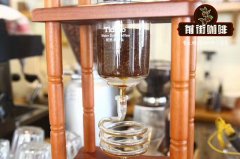
Introduction to the flavor characteristics of Brazilian Hilado coffee _ how does Brazilian Hilado coffee taste good?
Professional coffee knowledge exchange more coffee bean information please follow the coffee workshop (Wechat official account cafe_style) Brazilian coffee yellow bourbon coffee (yellow bourbon coffee), South America Brazil Cerrado (Hilado) region, rare yellow bourbon (yellow bourbon) coffee, each bag is accompanied by identification, indicating the name of the manor, the name of the owner and bar code, you can
- Next
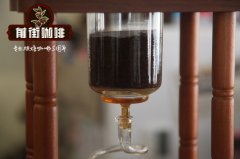
Roasting Analysis of Brazilian Agua Fila Yellow Bourbon Coffee_Coffee Characteristics of Mojiana Region, Brazil
Professional coffee knowledge exchange More coffee bean information Please pay attention to coffee workshop (Weixin Official Accounts cafe_style) Brazilian coffee Mogiana Mogiana is located in So Paulo, São Paulo state, located at high altitude, terrain mostly plateau and hills, climate change, in addition to its own excellent environmental conditions, local coffee farmers are also committed to natural ecological maintenance, through the conservation of vegetation, disease
Related
- Detailed explanation of Jadeite planting Land in Panamanian Jadeite Manor introduction to the grading system of Jadeite competitive bidding, Red bid, Green bid and Rose Summer
- Story of Coffee planting in Brenka region of Costa Rica Stonehenge Manor anaerobic heavy honey treatment of flavor mouth
- What's on the barrel of Blue Mountain Coffee beans?
- Can American coffee also pull flowers? How to use hot American style to pull out a good-looking pattern?
- Can you make a cold extract with coffee beans? What is the right proportion for cold-extracted coffee formula?
- Indonesian PWN Gold Mandrine Coffee Origin Features Flavor How to Chong? Mandolin coffee is American.
- A brief introduction to the flavor characteristics of Brazilian yellow bourbon coffee beans
- What is the effect of different water quality on the flavor of cold-extracted coffee? What kind of water is best for brewing coffee?
- Why do you think of Rose Summer whenever you mention Panamanian coffee?
- Introduction to the characteristics of authentic blue mountain coffee bean producing areas? What is the CIB Coffee Authority in Jamaica?

